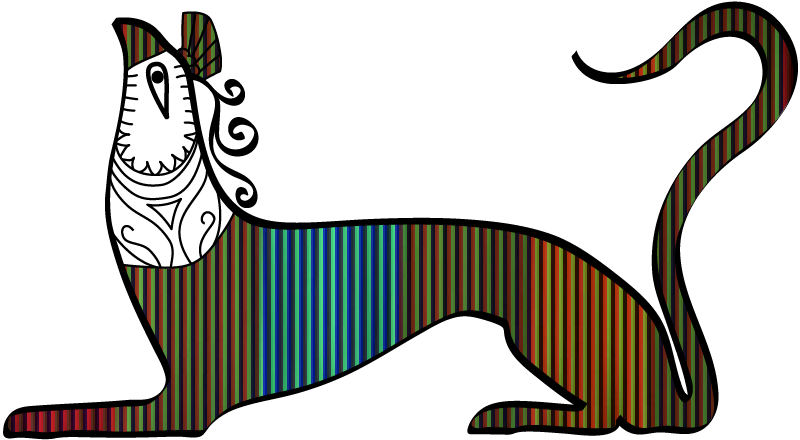ENE 2019
On 15 May 2019 abstract submissions are due for the 1st Conference on the Early Neolithic of Europe (ENE 2019), to be held on 6-8 November 2019 at Museu Marítim de Barcelona (Barcelona, Spain). Further information is available at https://ene2019.org/. Topics will include:
• Neolithic spread and supraregional interactions
• Chronology and modelling
• Human – Environment interaction
• Population characteristics and dynamics
• Territory and settlement
• Subsistence
• Technological processes
• Funerary practices
• Symbolism
ICAS-EMME 2
On 31 May 2019 abstract submissions are due for the 2nd International Congress on Archaeological Sciences in the Eastern Mediterranean and the Middle East (ICAS-EMME 2), to be held on 12-14 November 2019 at The Cyprus Institute, Nicosia, Cyprus. Papers (podium or poster presentations) on all aspects of research on natural, material and computational science applications to archaeology and cultural heritage in the Eastern Mediterranean and the Middle East are invited. Further information is available at https://icasemme2.cyi.ac.cy/. Sessions will include:
• Archaeological Materials
• Art Characterisation
• Computation in Archaeology
• Crops, Food Choices, and Landscapes in the Bronze Age
• Data Management, Open Data, and Data Mining
• Human Osteoarchaeology
• Open Sessions
MESO 2020
On 15 September 2019 session proposals are due for the 10th International Conference on the Mesolithic in Europe (MESO 2020), to be held on 7-11 September 2020 in Toulouse, France. Sessions should as far as possible be full half-days (about 8 papers) and should cover broad thematic, geographical, and chronological fields. From 15 October 2019 to 15 March 2020 the call for papers and posters will be open. Further information is available at https://meso2020.sciencesconf.org/.
ISA 2020
On 15 November 2019 abstracts (200-400 words; 2500 characters including spaces) are due for the 43rd International Symposium on Archaeometry (ISA 2020), to be held on 18-22 May 2020 in Lisbon, Portugal. Further information and the link to submit abstracts will be available at https://www.isa2020-lisboa.pt/. The subjects of the symposium are grouped into the following sessions:
• Remote Sensing, Geophysical Prospection, and Field archaeology
• Archaeochronometry (organic and inorganic materials)
• Biological Materials and Bioarchaeology
• Technology/provenance - stone/pigments/plaster
• Technology/provenance - ceramics/vitreous/glass
• Technology/provenance – metals
• Human-Environment Interactions
• Special Session: Nuclear and Radioactive-based Techniques in Cultural Heritage
SAA 2020
On 5 September 2019 submissions, both session and individual are due for the Society for American Archaeology 85th Annual Meeting (SAA 2020), to be held on 22-26 April 2020 in Austin, TX. Further information is available at https://www.saa.org/annual-meeting.

